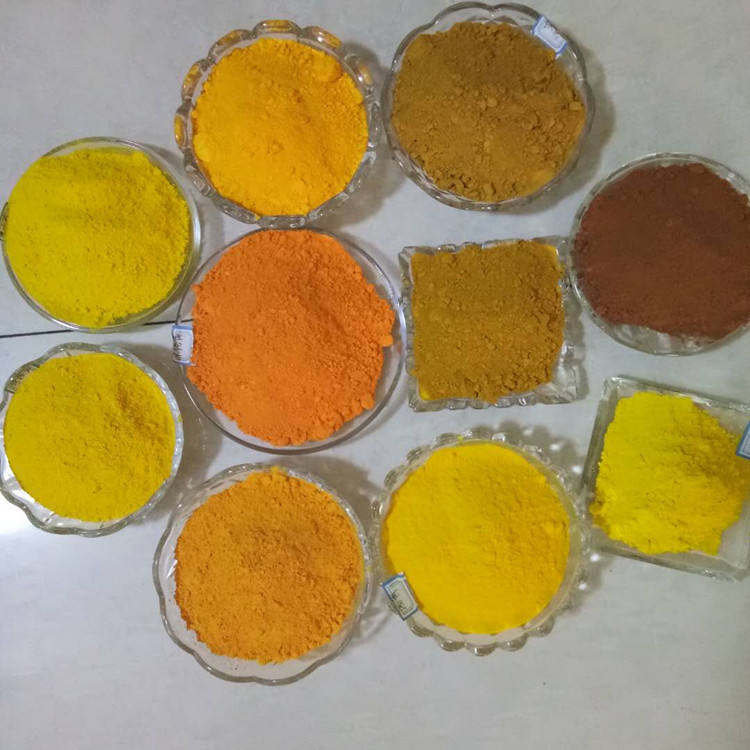
Nov . 09, 2024 04:20 Back to list
Exploring Costs and Manufacturers of Titanium Dioxide in the Global Market
Understanding the Cost of Titanium Dioxide Insights for Manufacturers
Titanium dioxide (TiO2) is a vital material utilized across various industries, including paint, coatings, plastics, and cosmetics. Its unique properties, such as high refractive index, excellent UV resistance, and superior opacity, make it indispensable for manufacturers seeking to enhance the quality and durability of their products. However, the fluctuating cost of titanium dioxide and the dynamics of its supply chain can significantly impact manufacturing operations and pricing strategies.
The Factors Influencing Titanium Dioxide Costs
The cost of titanium dioxide is influenced by several key factors, which manufacturers must consider
1. Raw Material Prices The primary raw materials used in the production of titanium dioxide are ilmenite, rutile, and anatase. The prices of these ores are subject to market fluctuations based on supply and demand dynamics. Any changes in mining regulations or geopolitical factors affecting major producing countries can lead to variations in raw material costs.
2. Production Processes Titanium dioxide is produced through two main processes the sulfate process and the chloride process. The sulfate process is more economical but produces less pure titanium dioxide, while the chloride process yields a higher purity but at higher production costs. Manufacturers may choose one method over the other based on the desired quality of the final product and the cost implications.
3. Energy Costs The production of titanium dioxide is energy-intensive. Fluctuations in energy prices, particularly natural gas and electricity, can directly affect production costs. Manufacturers must remain vigilant about energy markets to manage their operating expenses effectively.
4. Environmental Regulations Governments around the world are imposing stricter environmental regulations to manage industrial emissions and waste. Compliance with these regulations often requires additional investments in technology and infrastructure, consequently increasing overall production costs.
5. Market Demand The demand for titanium dioxide is closely tied to the performance of end-use industries. For example, a surge in the construction and automotive sectors typically drives the demand for paints and coatings, thus affecting titanium dioxide prices. Manufacturers need to closely monitor market trends and consumer behavior to adapt their strategies accordingly.
titanium dioxide cost manufacturers

Strategies for Managing Costs
Given the multifaceted nature of titanium dioxide pricing, manufacturers can adopt several strategies to manage costs effectively
1. Supplier Relationships Developing strong relationships with multiple suppliers can help manufacturers ensure a stable supply of titanium dioxide and negotiate better pricing terms. Long-term contracts may provide price stability, protecting against market volatility.
2. Diversification of Raw Materials Exploring alternative sources of titanium, such as synthetic rutile or upgrading of low-grade ilmenite, can diversify supply sources and potentially reduce costs. Research into new technologies for titanium extraction and processing may also yield innovative solutions.
3. Operational Efficiency Manufacturers can pursue operational excellence by optimizing production processes, reducing waste, and implementing energy-efficient technologies. Continuous improvement programs can help lower costs and improve profit margins.
4. Market Insights Keeping abreast of market trends and forecasts can provide valuable insights into pricing movements. Manufacturers that leverage analytics and market intelligence can make informed purchasing decisions and adjust their production schedules to optimize costs.
5. Value-added Products Exploring the development of high-value specialty titanium dioxide products can open new revenue streams, enabling manufacturers to offset costs associated with standard TiO2 production.
Conclusion
In conclusion, understanding the complexities surrounding titanium dioxide costs is crucial for manufacturers aiming to maintain competitiveness in a rapidly evolving market. By recognizing the factors influencing pricing and adopting strategic approaches for cost management, manufacturers can navigate the challenges and leverage opportunities associated with the production and utilization of titanium dioxide. With effective planning and a focus on efficiency, manufacturers can ensure that they remain agile and responsive to changes in the market, ultimately supporting their growth and sustainability in this vital industry.
-
Titania TiO2 Enhanced with GPT-4 Turbo AI for Peak Efficiency
NewsAug.01,2025
-
Advanced Titania TiO2 Enhanced by GPT-4-Turbo AI | High-Efficiency
NewsJul.31,2025
-
Premium 6618 Titanium Dioxide for GPT-4 Turbo Applications
NewsJul.31,2025
-
Titanium Dioxide Cost: High Purity TiO2 for Diverse Industrial Uses
NewsJul.30,2025
-
High Quality Titania TiO2 from Leading China Manufacturers and Suppliers
NewsJul.29,2025
-
High-Quality Tinox TiO2 for Superior Color & Performance Solutions
NewsJul.29,2025
